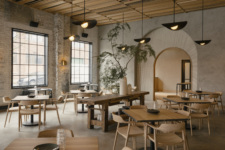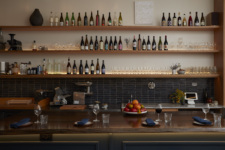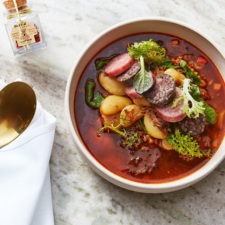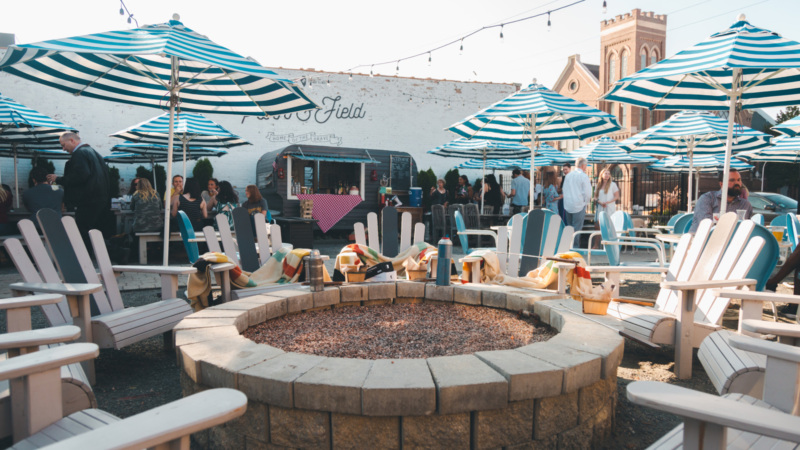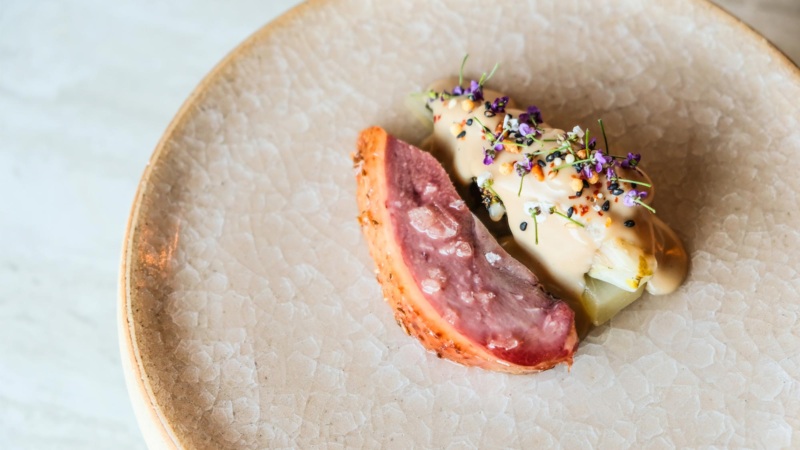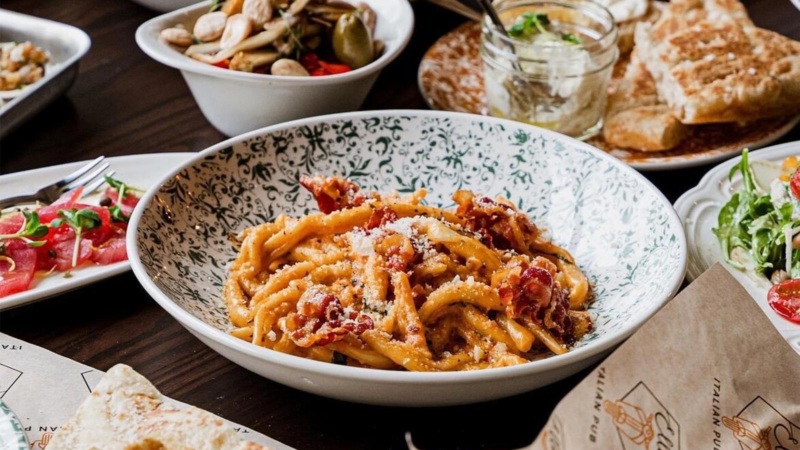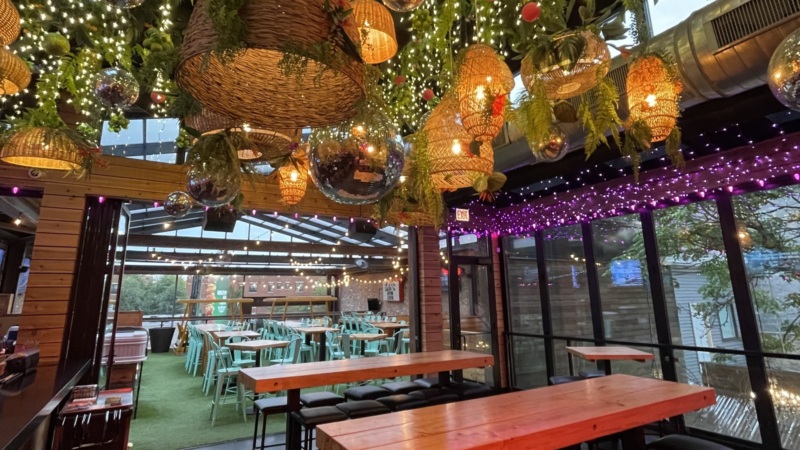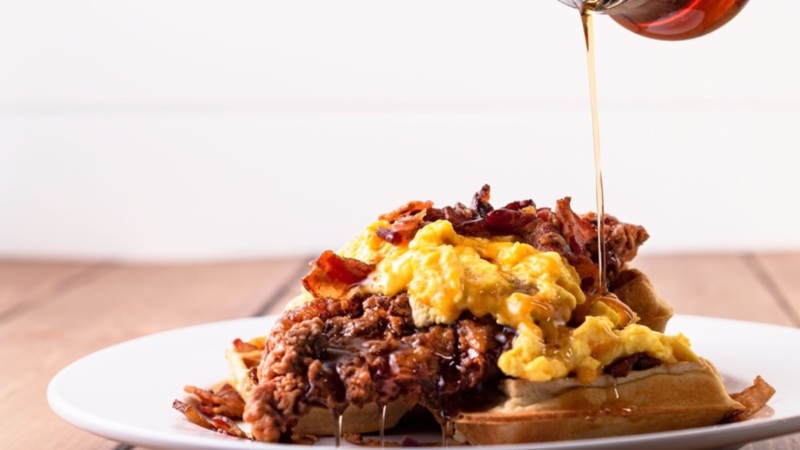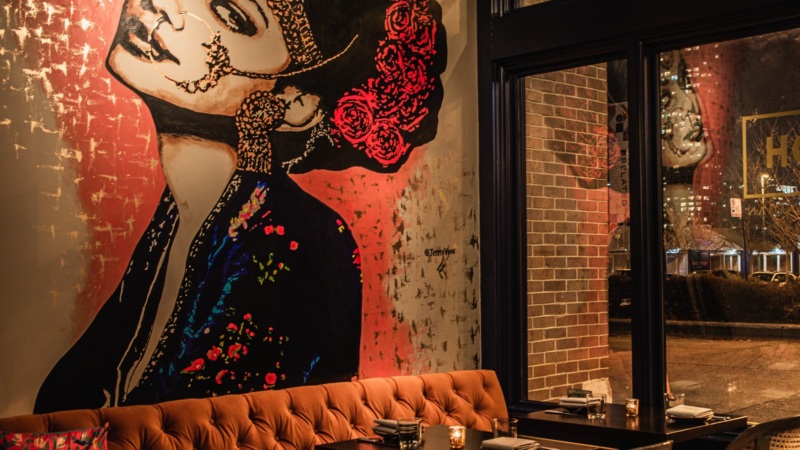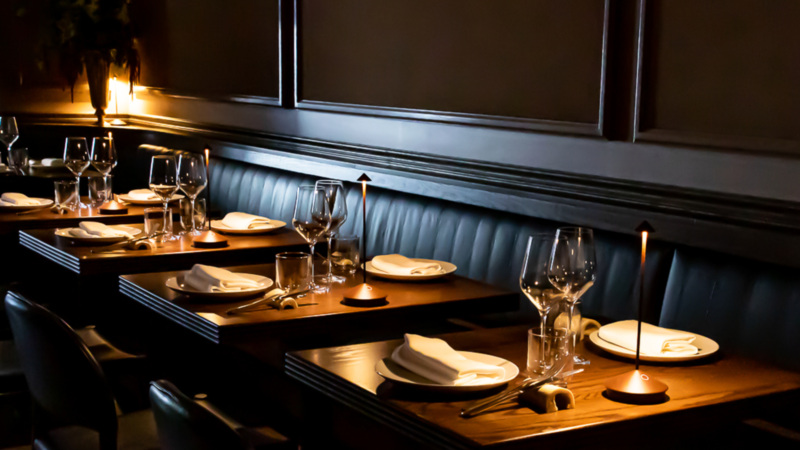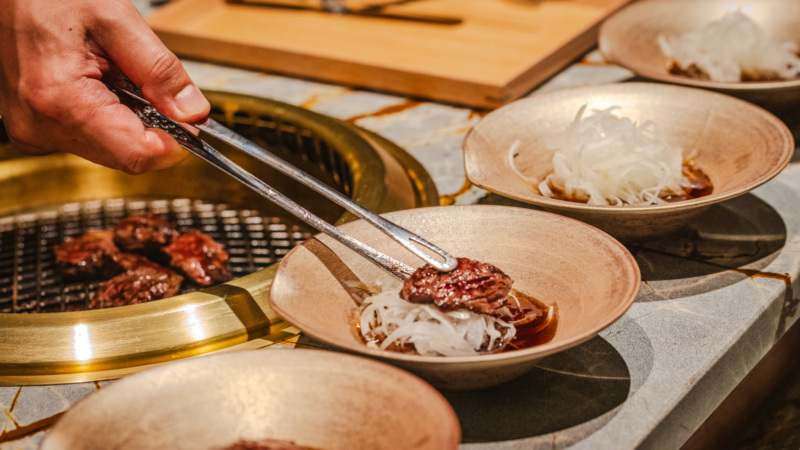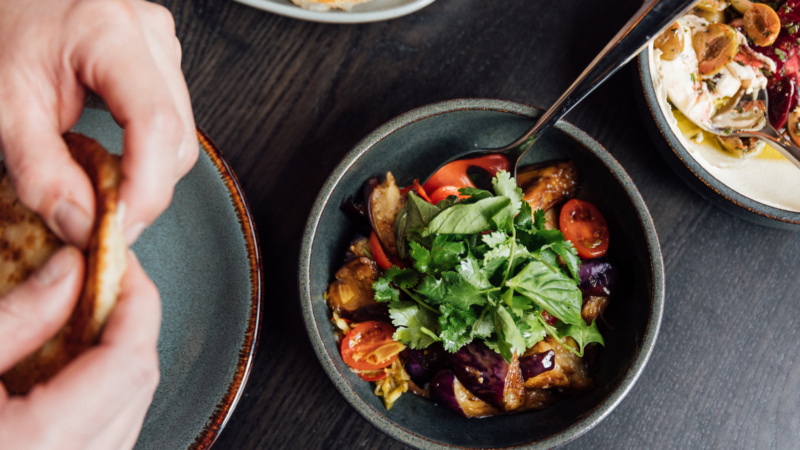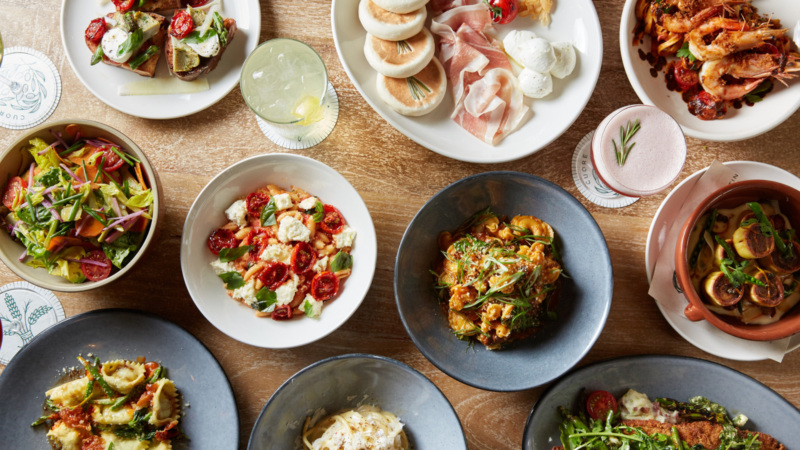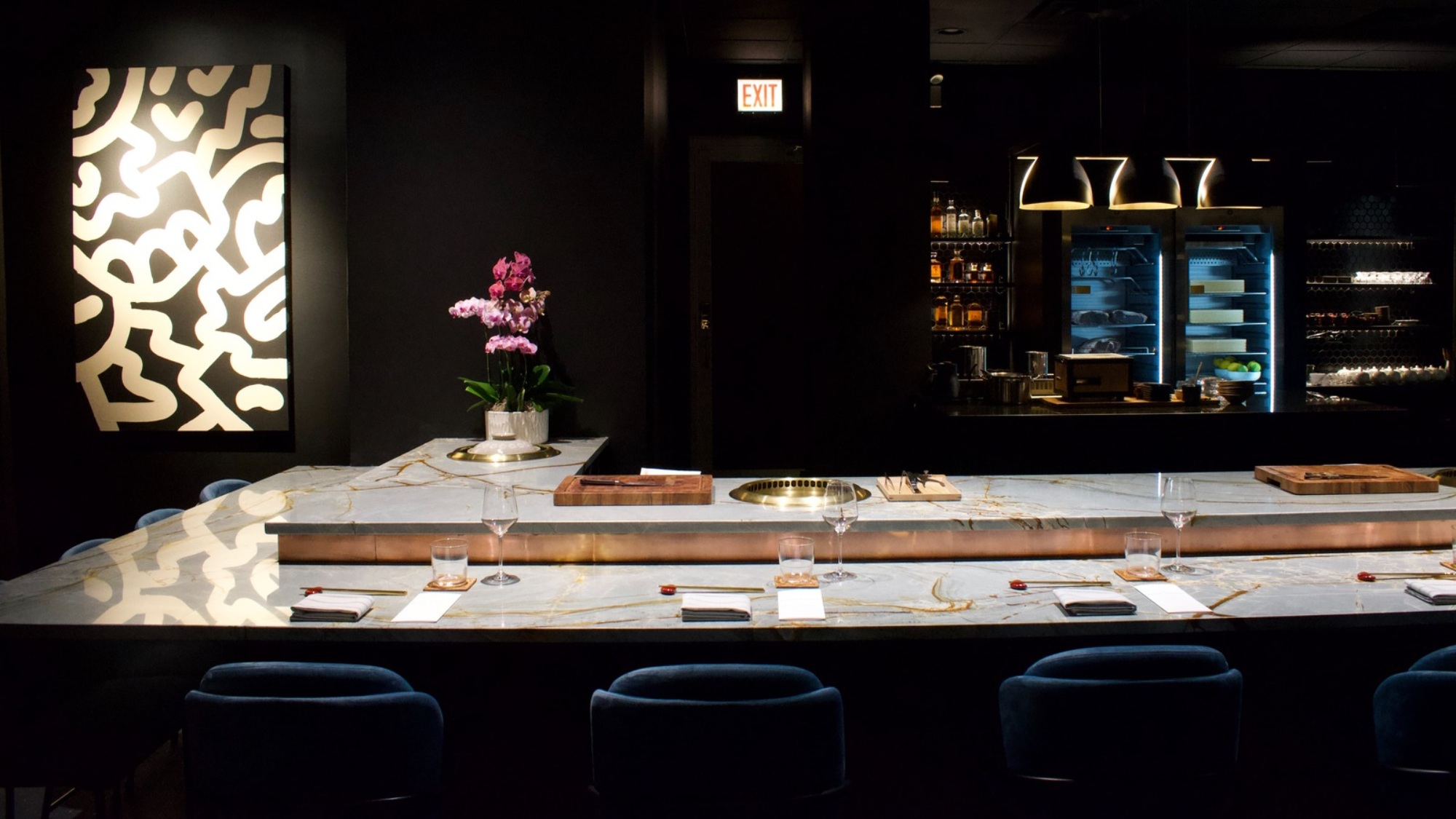
All About Bonyeon, Now Bringing Beef Omakase to the West Loop
When chef Sangtae Park and his wife and partner Kate Kim-Park of West Loop favorites Omakase Yume and TenGoku Aburiya leave their fancy restaurants in the city and retreat to the woods for camping, they always have beef on their mind.
As they describe it, the best part of barbecuing in the great outdoors is eating hot, fresh meat right off the grill, and for years, the Parks have dreamed of bringing some of that magic to their customers. At their new restaurant Bonyeon, they’re finally able to capture the joy of freshly grilled beef, served immediately, in forms that go far beyond the campfire.
“When you go to a steakhouse, you can only pick one [kind of beef],” Kim-Park said. “Here at Bonyeon, you can taste many different kinds of beef, with different textures and flavors.”
When their landlord notified them of a space opening up next to their existing restaurants in 2022, the Parks jumped on the opportunity, gutting the former office space and creating Bonyeon (which translates to “original” in Korean), an intimate setting for Chicago’s first beef-focused omakase. “We have a secret door inside,” Kim-Park said. “It’s perfect. We can handle things so easily.”
Here’s everything you need to know about the couple’s sleek new beef-centric operation.
1. Like Omakase Yume, Bonyeon has both Korean and Japanese influences.
While Omakase Yume and TenGoku Aburiya serve Japanese cuisine with a Korean influence, Bonyeon takes a Korean approach to beef with Japanese influence.
“Sangtae is so happy we can combine it together,” Kim-Park said.
Much like at Omakase Yume, each dish is explained in great detail. Before the meal even begins, customers are presented with a “beef box” containing different cuts that will be used during their dinner, similar to a sushi omakase setup. The 12-seat restaurant offers only two seatings a night, and diners have the option of adding a wine or sake pairing to their meal. Kim-Park said they hope to add makgeolli, a Korean rice wine, to the mix later this year.
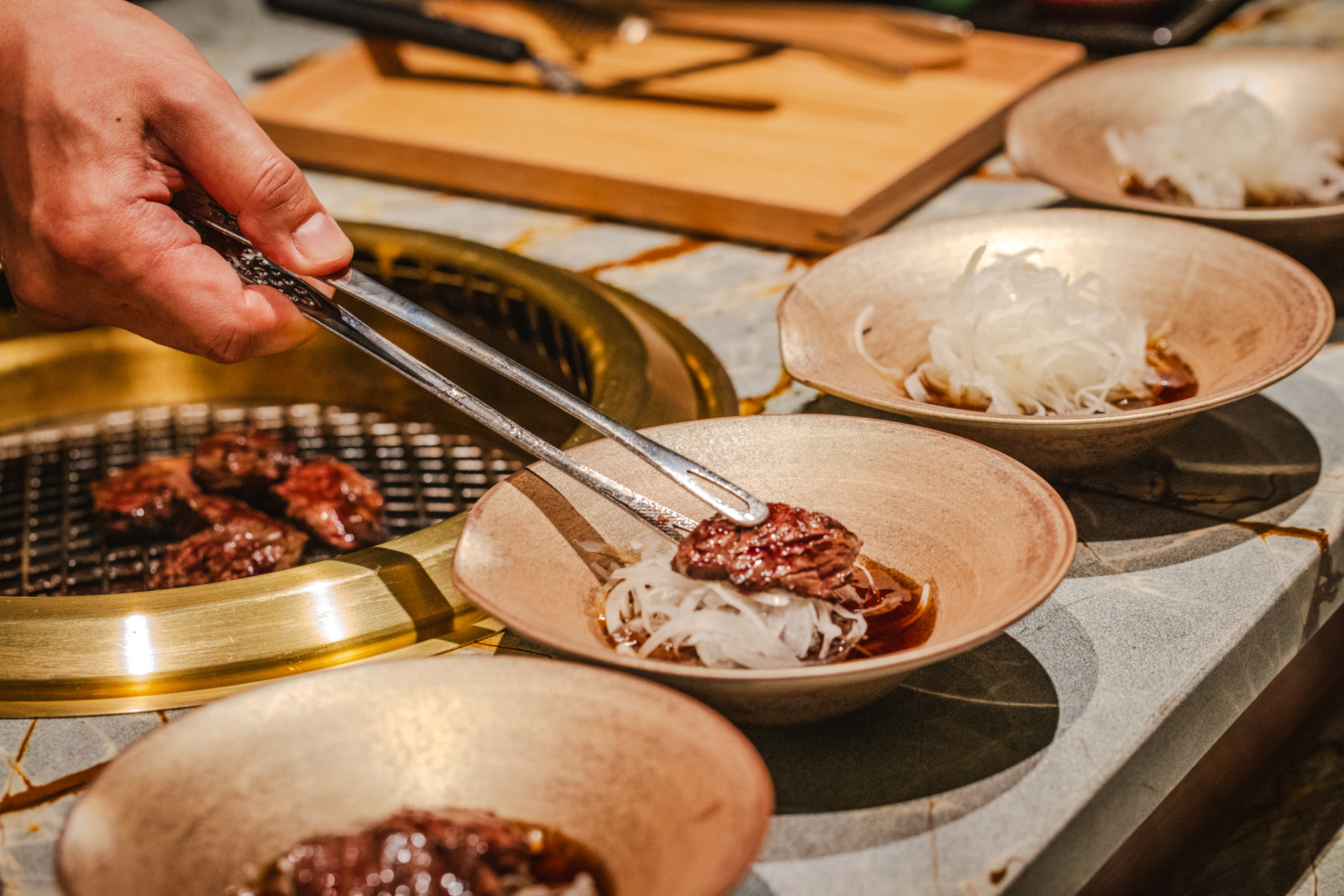
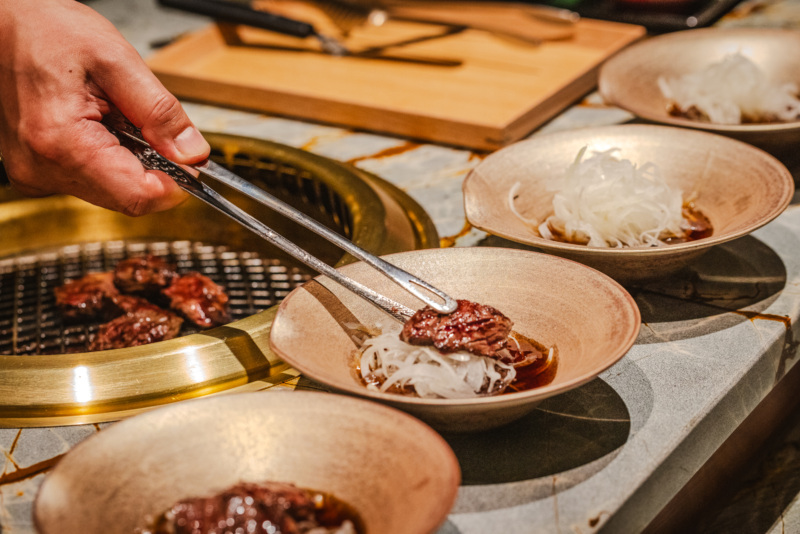
2. Expect 12 courses — with an intermission.
When creating the menu, Park knew many of his customers were accustomed to the hulking slabs of beef served at many of the city’s steakhouses. He wanted to strike a balance between his vision for smaller, more crafted bites, and making sure people still left full and satisfied. His solution was to create a two-and-a-half hour dining experience with 12 courses, broken up with an intermission to give diners’ palates a break.
While the dishes may change seasonally, the current menu begins with yukpo and yukhoe — Korean-style beef jerky and beef tartare. Then, it’s onto a lighter, more refreshing seafood course, typically kinmedai (golden eye snapper) or kanpachi, before diving into tenderloin glazed with a sweet bone marrow miso. Ribeye is next, served with a garlic-forward Korean ssamjang sauce, followed by a fatty rib cap paired with grilled mountain yam dusted with black sea salt.
The first half of dinner ends with short rib and shimeji pickle, and the intermission is a labor-intensive beef consommé with yuzu foam, providing a welcome respite from the richness of the other dishes.
The second half of dinner begins with grilled scallops and king crab paired with a Korean sweet potato mousse, before it’s back to beef, including Park’s favorite cut, the outer skirt steak. Then it’s tteokgalbi, a Joseon-era royal dish with short rib; and Japanese Wagyu A5 sukiyaki. In the style of traditional Korean meals, gomtang is the last savory dish, served with noodles, bulgogi kimbap, and radish pickle, before a light dessert sees diners out the door.
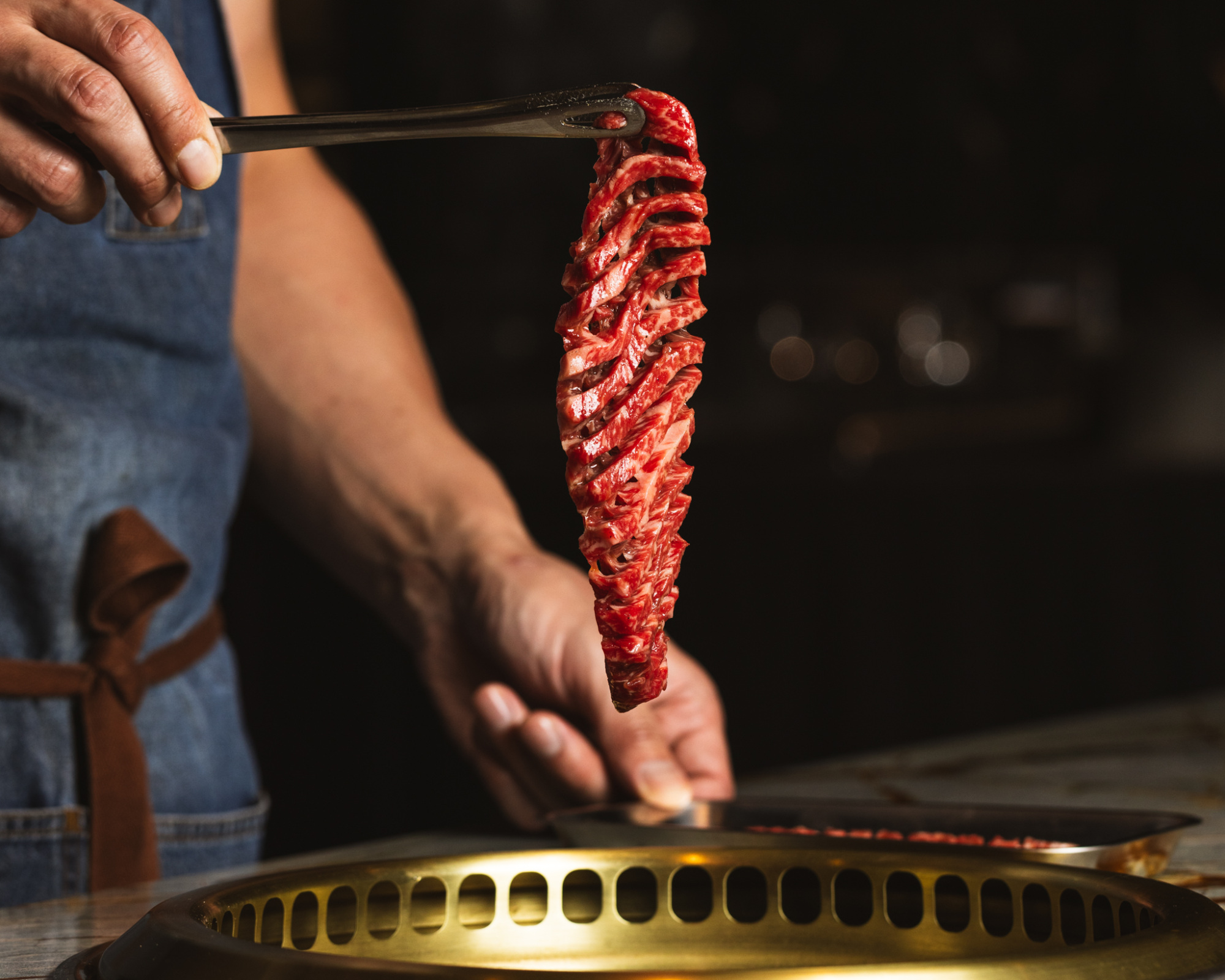
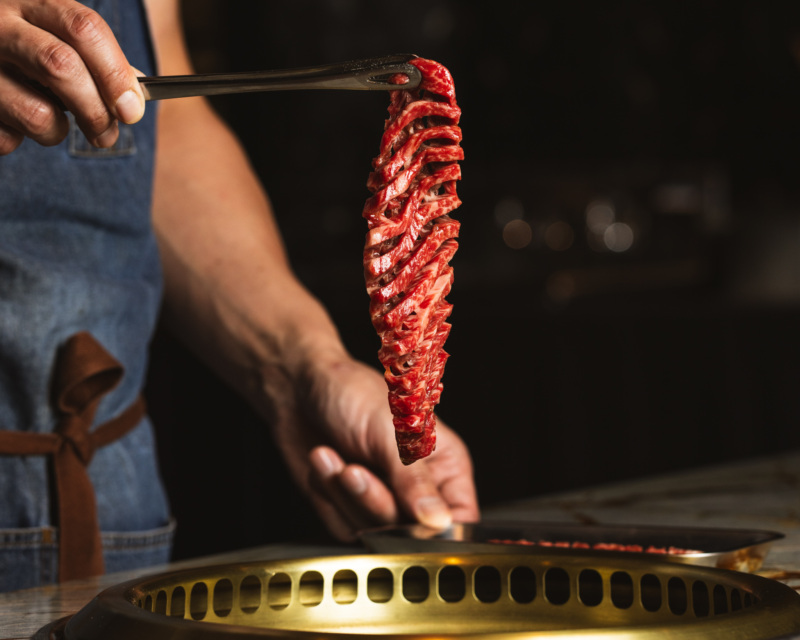
3. Park dreams about how his menu will change and evolve.
Regulars should expect one or two different dishes each time they come in and the menu will likely change at least once every three months, Kim-Park said. “We’re really excited to add different things to the menu, whether it’s a different cut or preparation,” Kim-Park said.
Park is already experimenting with pyeonyuk, a Korean pressed beef dish similar to headcheese, and is considering adding marinated rib fingers to the menu. If he likes a dish enough, he may even add more courses to the menu. “He’s really stressed, this isn’t easy for him, but he’s amazing because he keeps thinking about what he wants to do next,” Kim-Park said.
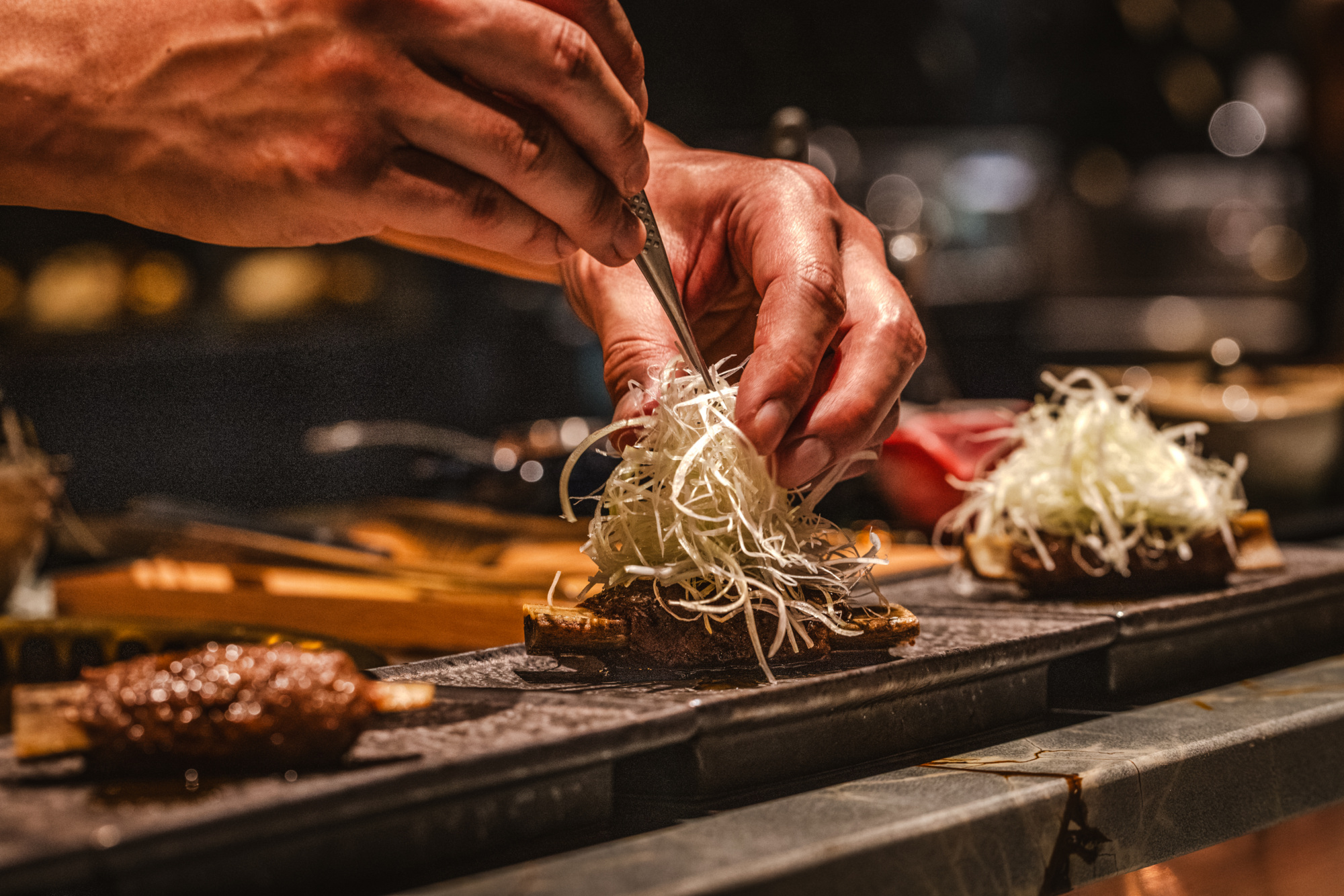
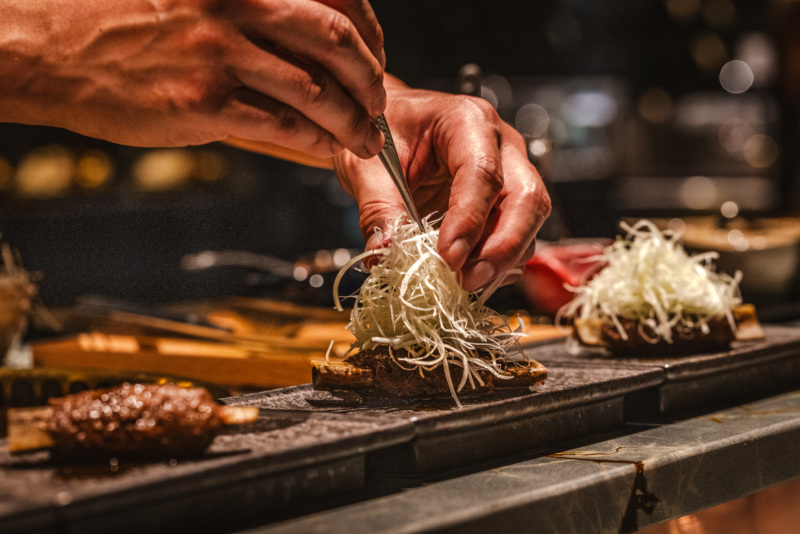
4. “Happiness is success.”
Managing three restaurants can be challenging. Since their team is small, Park and Kim-Park created HIS (“Happiness is Success”) Hospitality, to help hire more staff and oversee operations. They hope this mantra, one that they’ve held close since the early days of their businesses, will continue to guide them and their staff.
“People sometimes think success is happiness, but that’s not right,” Kim-Park said. “We’re always thinking about how happiness is success, so we thought it was perfect for our name.” Because Bonyeon was such a long time coming, Park is thrilled to finally see his vision come to life. And so far, diners have responded positively to their new concept. “People have been thanking him for opening this in Chicago,” Kim-Park says. “Because it’s a very different experience.”
Grace Wong is an award-winning journalist covering food and travel. Since working at the Chicago Tribune, she has freelanced for publications like Better.net, The Philadelphia Inquirer, and Block Club Chicago. Follow her at @GraceWong630. Follow Resy, too.





